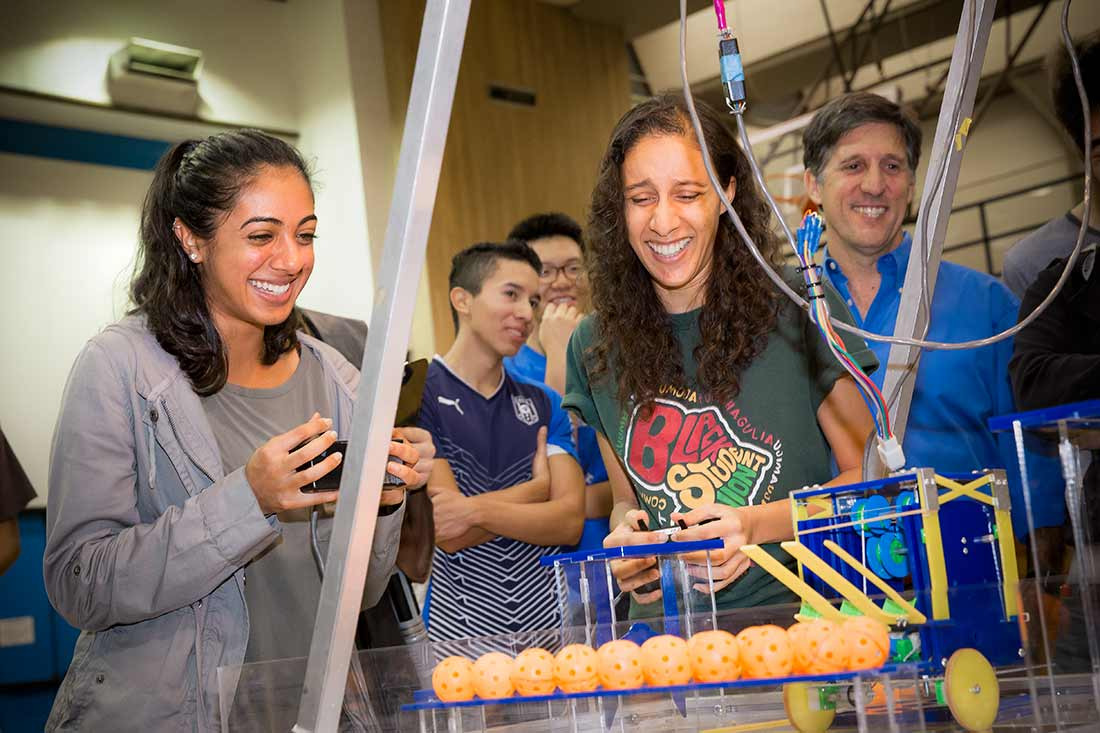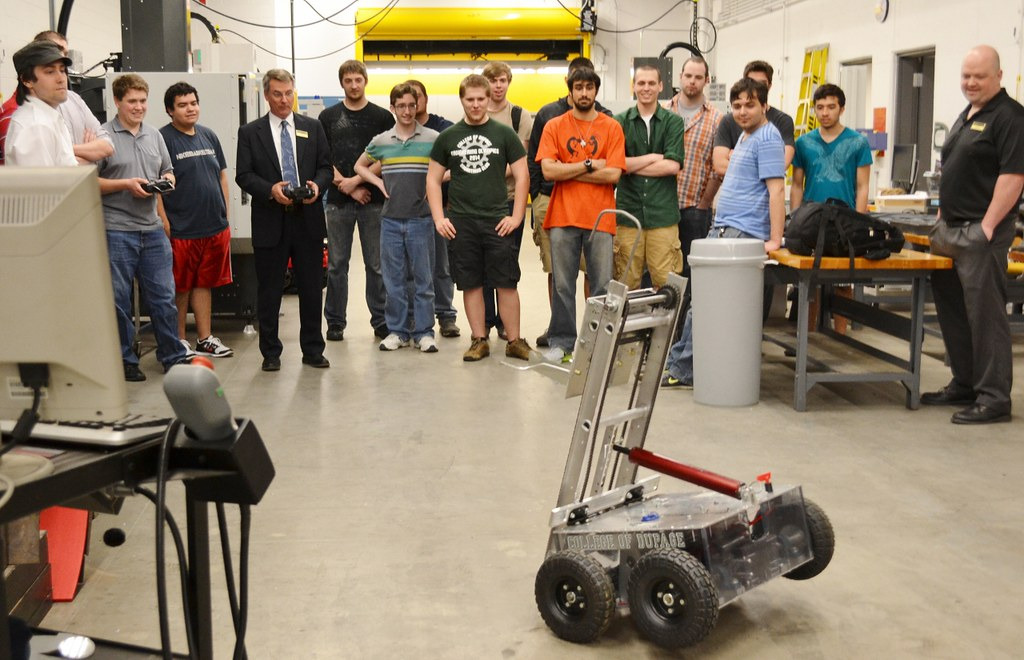Do you have a particular passion for robots? Want to exchange interesting knowledge with like-minded people? Starting a robot club is a good idea!
How do I start a robotics club? This can be a complicated question for many people, and you are one of them. Do not worry; I will give you effective ways in the detailed article below. Keep reading for more details!
What Is A Robot Club?
A robot club is a group of students or an outside organization interested in robotics. They can participate in activities related to their hobbies, such as displaying robots, building robots, and taking part in local competitions.
For clubs established in schools, these activities will take place under the teacher’s or school administrator’s direction.
Who Can Join The Club?

Robot clubs are aimed at anyone who loves robots and wants to connect as a community with similar interests regardless of age. To join the club and operate effectively, participants need to meet basic knowledge and skill requirements.
Students in early education often know how robotics and programming work. The main activities in the Robot club will be to present simple and fun problems for other members to think like an engineer and come up with solutions.
Meanwhile, youth or student clubs often organize highly competitive activities, allowing participants to better prepare for robot-related tournaments.
How To Start A Robotics Club in 6 Steps
Here’s how to set up a robot club in your school. Try to complete all these steps, and be patient because a group of like-minded people is about to form.
1. Through the director boards
If you want to start a club, you must contact the school administration first.
Most school administrators often encourage students to join clubs and provide many guidelines for practical club activities.
And they will usually also support a student’s new idea as long as it’s functional and gets the crowd’s interest. Some schools will show this interest by sending a support teacher or supervisor to the club.
Besides, the management will also have some special requirements for the club.
To convince administrators, you should clearly state your goals and mission, such as developing STEM skills and forming a team to participate in regional robotics tournaments. You should also include specific illustrations the club brings to the students and the school.
So, please talk to the administrator to get support before starting the club.
2. Student opinion poll
Administrators will often rely on student interest to allow you to form a club. Try reaching out to other students or do media campaigns to get students’ attention.
One of the most effective ways to communicate is to bring robots into the classroom and let students try to create their robot designs. You can use crafting materials or educational robot sets to capture student interest.
Some school clubs are established with minimal members. Therefore, it is not a failure if you can attract many people to agree to join the club.
3. Looking for instructors
The main activities in the robot club will require participants to have access to specific tools and a suitable meeting space. By its very nature, your new club requires a lot of coordination with qualified teachers.
You need to find instructors for your club. If your school offers robotics classes, a teacher who teaches the subject will likely be happy to support your club.
Some clubs with 18-year-old members may be geared towards self-sufficiency. In these groups, members lead meetings and set their development direction.
However, to run a robotics club on campus, you’re better off looking for qualified and experienced instructors.
4. Create goals

A club is not simply a place where people with similar interests can chat and exchange knowledge. An influential robotics club will have clear goals and development directions.
And even in the very first days of founding the club, you will have to define the fundamental goal clearly. For example, the club will support members in completing individual projects and winning prizes in upcoming competitions. The more specific your goals are, the more successful your club will be.
In addition to defining the primary organizational goals, as a club founder, you must have a detailed guide to the club’s activities.
Some questions you need to answer include who will provide project materials. What are the requirements for club members? Where does the funding to run the club come from?
You are not required to obtain a complete guide to all club activities. With some problems, you must wait until the club has full members to discuss and agree on a suitable solution.
5. Back to the director
After you’ve proven your friends’ interests, found your instructors, and have a club plan, you’ll need to provide this information to the school administration. At this time, the management board will consider and make a final decision.
If the management board approves, you can help arrange a time and place to launch the club. The support of the management board can also be reflected in the fact that the school informs all students and parents to encourage people with similar interests in robots to join the club.
6. A ceremony for the first time
During the club launch, ensure the ceremony goes in the correct order and makes a good impression. Remember to publicize the operation orientation, club management rules, etc., so those considering joining the club can refer.
Conclusion
Robots have always had a great appeal to every young person. In schools, it is easy to find robotics clubs that gather students with similar interests in the field.
If you are looking to start a robot club at school, I hope the above sharing is helpful to you. Follow the instructions above, and you will surely understand how to start your own robotics club.

